How to Travel by Plane With Your Pet
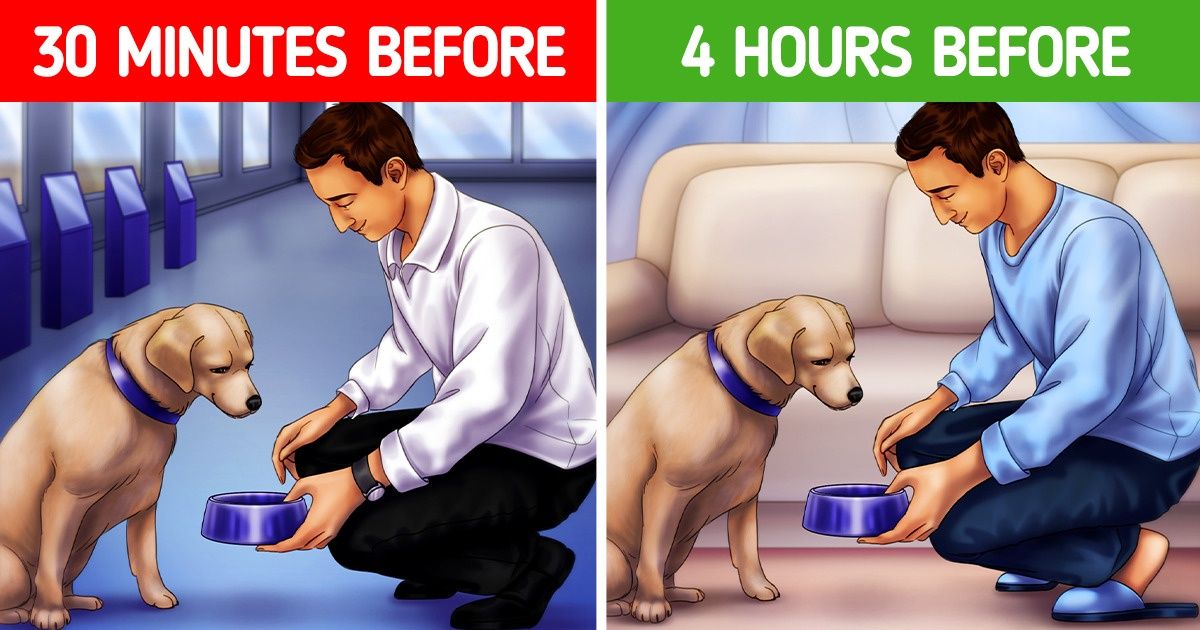
Planning a trip can be a complicated process, especially if you want to take your best friend with you. It is recommended to think about all the details in advance to avoid any inconveniences that may arise.
5-Minute Crafts wants to share 9 tips to help make traveling with your pet as efficient as possible. At the end of the article, you’ll find a bonus where you can check the requirements to board with service animals.
1. Find out if your pet can travel.
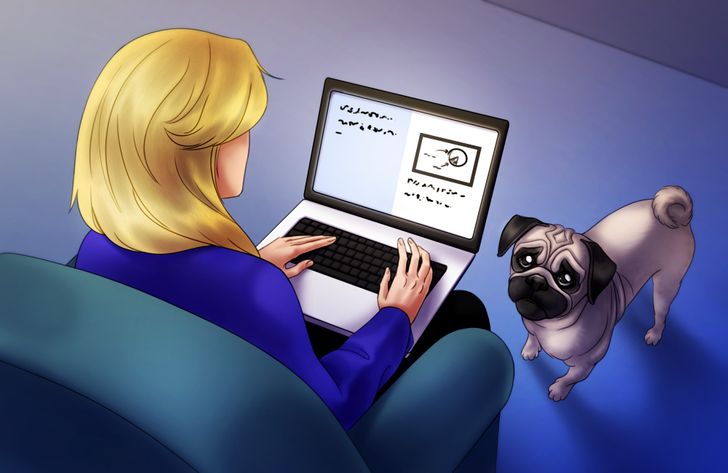
If your pet is a flat-nosed or brachycephalic dog, it is important to check with the airline to see if they have any restrictions in this regard. Many of them do not allow travel due to the difficulty they have in breathing.
2. Check the airline’s conditions.
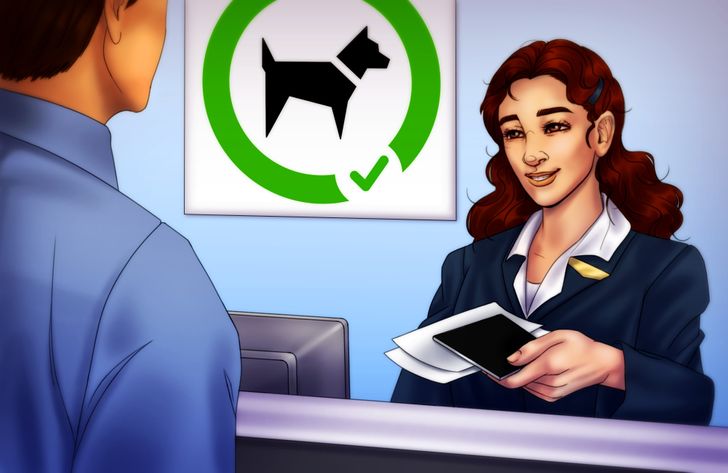
When planning your trip, make sure that the airline allows travel with pets. Each airline has its own specific regulations. Keep in mind that you will have to pay an additional fee for carrying your pet, whether it travels in the cabin or in the hold.
3. Get all the required documents.
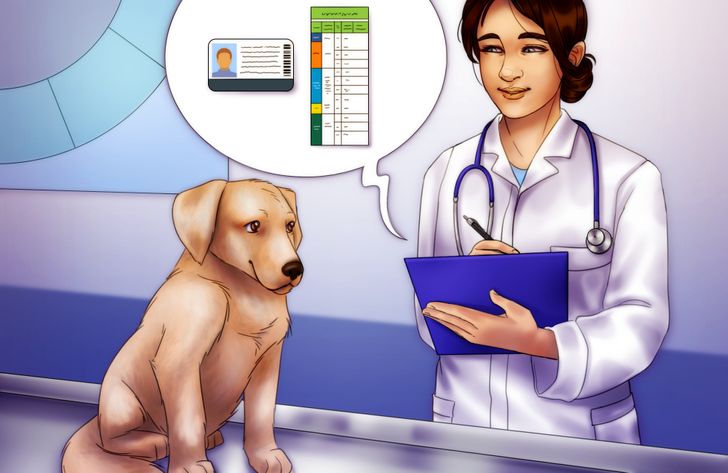
Each country has specific requirements to enter with pets, and these can be arranged with your veterinarian. Update your pet’s vaccination record, including deworming and other important information. Take into account the validity of the documents and the requirements of each country — you can check with the destination you are traveling to for information about them.
4. Check if it will travel in the cabin or hold.
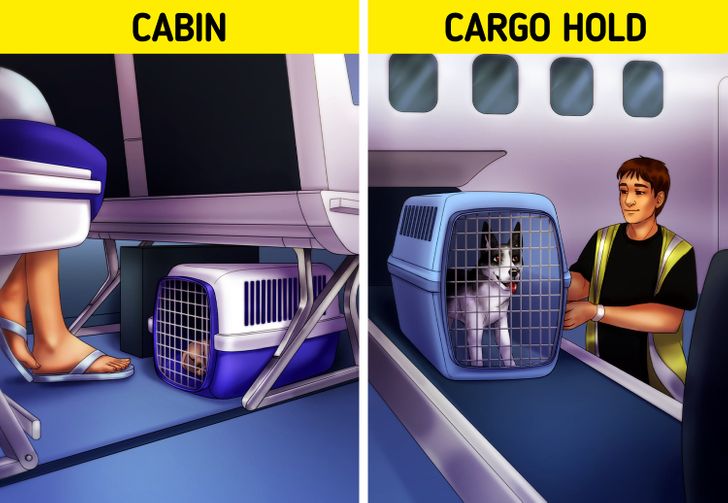
In general, if your pet weighs up to 17 to 19 pounds (7 to 9 kilos), including the carrier or crate, it must remain in the cabin with you for the entire trip. If it exceeds this weight, it must travel in the hold. Check with the airline you’re traveling with for specifications on the weight allowed.
5. Choose a carrier cage it can move around in.
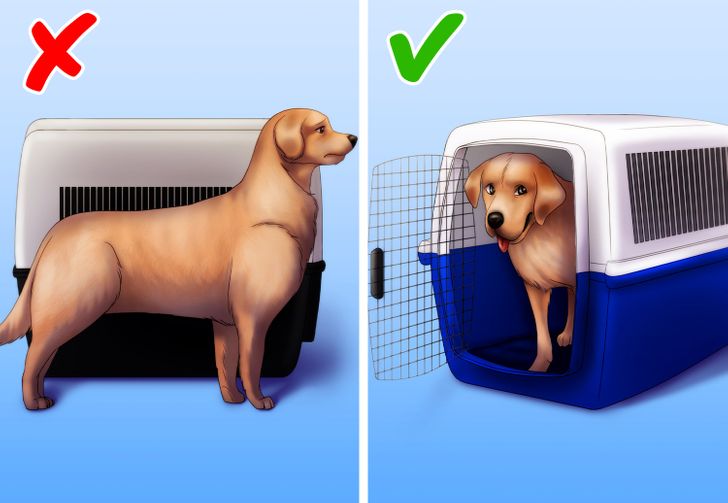
You must take into account 2 aspects when selecting a cage or carrier. The first thing to consider is that your pet feels comfortable inside it and that it can get up and move around. Beforehand, show the dog that it is a safe place so that they can travel with peace of mind. It must be labeled with both you and your pet’s contact information.
The second thing you should consider is to check the requirements regarding this mode of travel in the airline you are going to travel with.
6. Give your pet a familiar object.
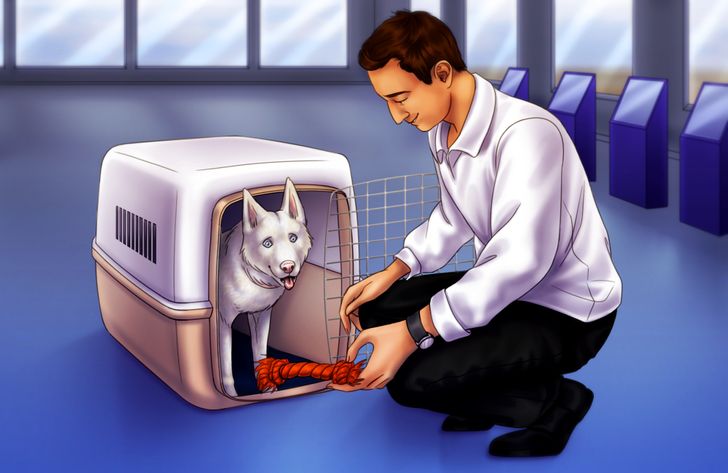
To make your pet feel more at ease during the trip, you can bring a toy or a familiar item of clothing. Please note that you will not be allowed to bring additional accessories in the cage or carrier to your eventual destination. Avoid bringing toys, expensive beds, or any valuable items for your pet.
7. Feed your pet 4-8 hours in advance.
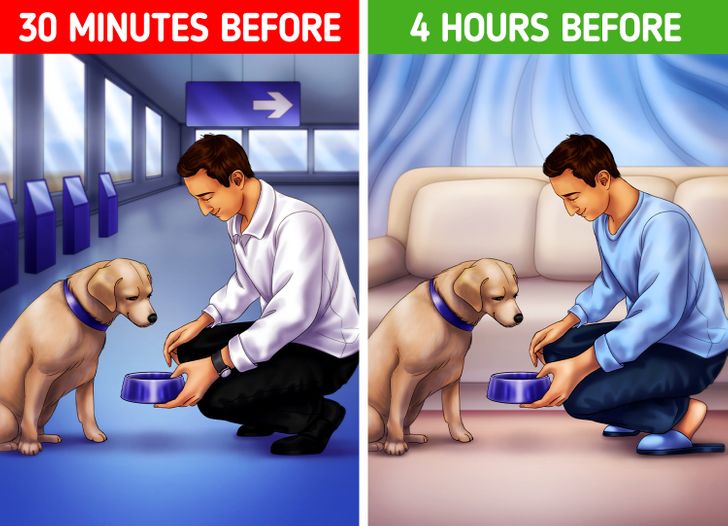
Feed your pet around 4 hours before the flight to avoid vomiting or motion sickness. It is also important that you give them their usual walk. This way, they can take care of their needs before the trip and you can avoid accidents inside the carrier.
8. Provide it with enough water.
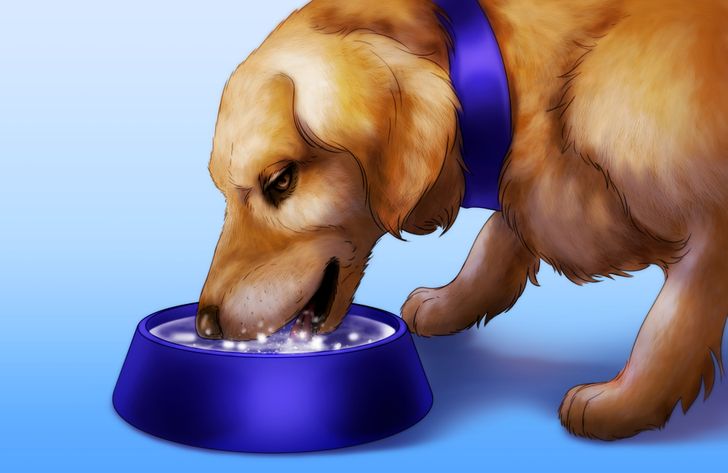
It’s important that your pet is well hydrated before the flight. Depending on the duration of the trip, give them water before the flight. Carry containers have water available for the pet in case the airline staff has to take care of it.
9. Give your pet a sense of safety.
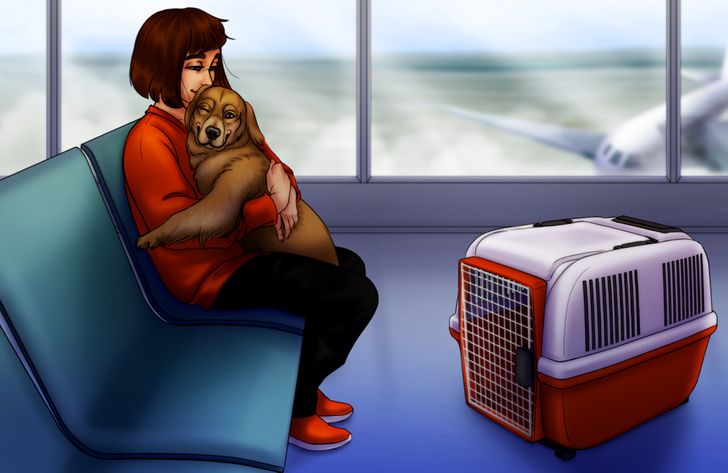
It’s important to show you are calm and confident when you part ways with your pet. This will allow him/her to feel more secure when the trip starts. It’s similar to when dogs get scared during thunderstorms; it’s best to act normal, as comforting can cause them to think there must be a reason you need to comfort them.
Bonus: Service pets travel in the cabin.
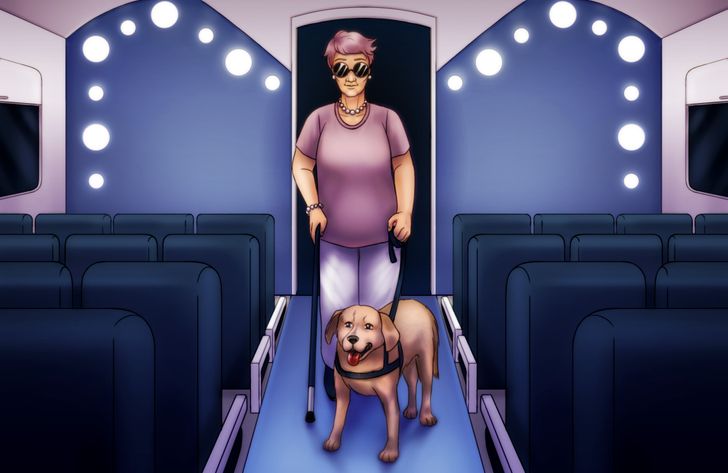
In order for a dog to be considered a service dog, it must be trained to perform tasks that benefit a person with a disability, whether physical, sensory, psychiatric, mental, or intellectual, and it must have a medical letter to support it. Airport personnel may ask questions to determine if it is a trained service pet, as it will be allowed to travel in the cabin.